In February 2018, IndiaSpend launched India Governance Report (IGR), a monthly newsletter that brings together stories of good governance and policy-making from across India.
Over the course of 10 months, IGR has highlighted successful initiatives on issues including health, gender parity, climate change, education, and Kerala’s post-flood rehabilitation. Here is a selection of five stories, each covering one of our focus areas, that made an impact in 2018 and hold out hope for India’s future.
As the country braces for the 2019 general elections, the impact of good governance, or the lack of it, will be under the spotlight. We aim to increase our coverage of governance issues, and welcome your suggestions and feedback.
Climate Change
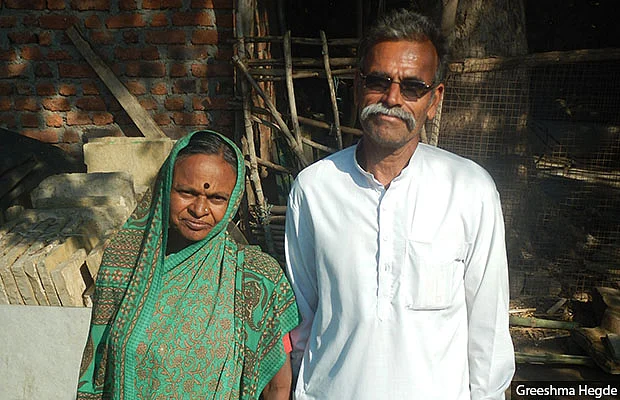
Challenge: Climate change can lower the standard of living of nearly half of India’s population by 2050, the World Bank warned in a June 2018 study. Particularly vulnerable are farmers who are dependent on rainfall for a good harvest, especially in regions such as Karnataka that are prone to drought. In the 15 years to 2015, only three years — 2005, 2007 and 2010 — witnessed no drought, as per a 2017 assessment report by the Karnataka State Disaster Management Monitoring Centre. In 2018, 77 percent of the 30 districts were declared drought-hit, The Times of India reported on 14 September, 2018.
Action: A farmer couple, Shyamrao and Laximibai Patil, in water-scarce Kalaburagi in north Karnataka, have shown that a combination of state and NGO support, supported by grassroots innovation, can help farmers combat the effects of climate change.
The Patils practice organic farming, run a dairy and poultry farm, and are helping their fellow farmers experiment with new methods.
The couple have set up their own self-help group to sell produce such as pulses. From their mixed-crop farming and livestock produce, they make an annual income of Rs 5 lakh and a profit of around Rs 2.5 lakh, at a time when 70% of the country’s agricultural households spend more than they earn on average every month.
Gender Parity
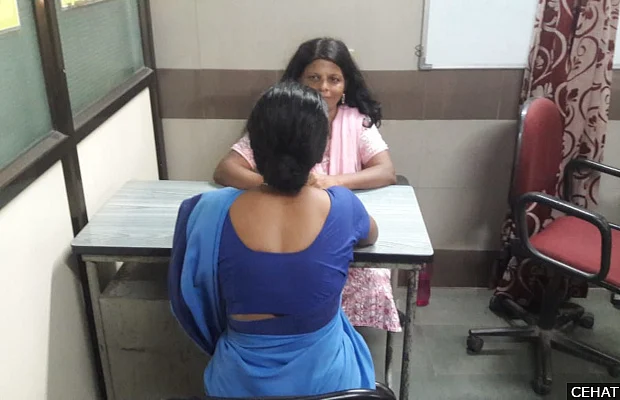
Challenge: In 2017, nearly 50,000 women died at the hands of intimate partners or family members, making “home, the most dangerous place for women”, according to a November 2018 study by the United Nations Office on Drugs and Crime.
India is perceived as having the worst record on sexual violence, harassment from cultural and traditional practices and human trafficking, and is considered the least safe country in the world for women, according to a Thomson Reuters Foundation poll, as IndiaSpend reported on 26 June 2018. Only 14 percent of Indian women who have experienced physical or sexual violence have sought help to stop the violence while 77 percent have neither sought help nor told anyone about the violence they experienced, according to the National Family Health Survey (2015-16).
Action: In Mumbai, health advocacy Centre for Enquiry into Health and Allied Themes has since 2001 been running support centres called Dilaasa, which are funded by the National Health Mission, to identify victims of domestic and sexual violence.
Using a model of care that can be replicated across government health centres nationwide, Dilaasa centres have provided help to more than 8,000 women.
Over the two years to 2018, Mumbai’s 11 centres identified 5,647 women as potential victims of domestic violence. They got 2,554 cases registered for domestic violence and 809 cases for sexual violence, according to municipal records. Sikkim, Karnataka, Tamil Nadu, Delhi, Assam and Uttar Pradesh are replicating and activating this model.
Health
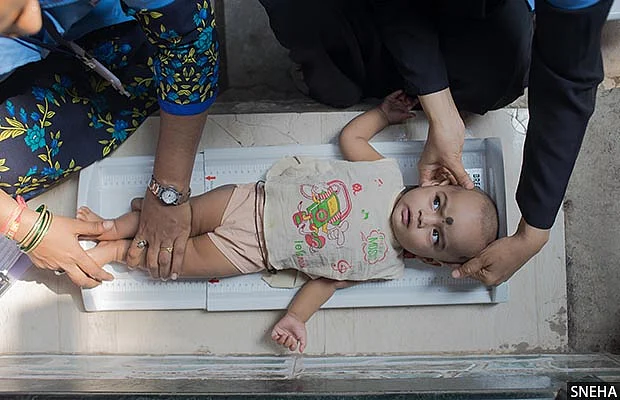
Challenge: India has 46.6 million stunted children and is home to 31% of all stunted children under five--the highest in the world--according to the 2018 Global Nutrition Report, IndiaSpendreported on December 10, 2018.
Nearly 20% of Indian children under five are wasted (have low weight for their height) and 7% severely wasted, according to data from the National Family Health Survey of 2015-16.
The Society for Nutrition, Education and Health Action (SNEHA), an NGO in Mumbai’s Dharavi, the third largest slum in Asia by population, is helping reduce the prevalence of child malnutrition by plugging nutrition awareness gaps and supporting local health workers.
Action: SNEHA’s efforts have reduced wasting among children aged up to three by 23% and produced a 109% increase in the services received by children through the Integrated Child Development Services Scheme, a government programme covering health, food and primary education. It plugs gaps in nutrition-related knowledge in the community by training community volunteers, who spread awareness and inform anganwadi (daycare) workers about the status of pregnant women and families who are finding it difficult to feed a newborn.
Education
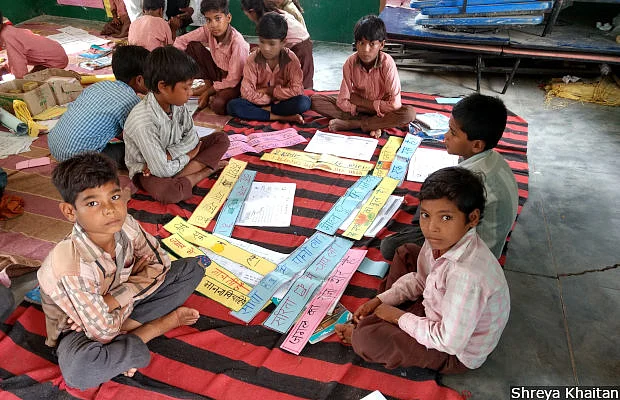
Challenge: India has been successful in increasing primary school enrolment to the extent that more than 83% of primary school-age children were enrolled in 2016-17, according to data from the District Information System for Education (DISE). But fewer than half (47.8%) of grade V rural students could read at least a grade II text in 2016, the Annual Survey of Education Report 2016 found.
Action: World Vision, a non-profit, runs a remedial education programme, Aparajitha, for 4,300 students in government schools in 130 villages in Lalitpur district in Uttar Pradesh. From a zero baseline, within a year 1.55% of enrolled students could read local content (such as newspapers) and understand it; 6.2% (up from 1.8%) could read a story and comprehend it; and 10.4% could read a story (up from 5.1%). World Vision expects to complete the project by 2020 and empower the community to take over.
Disaster Relief and Rehabilitation
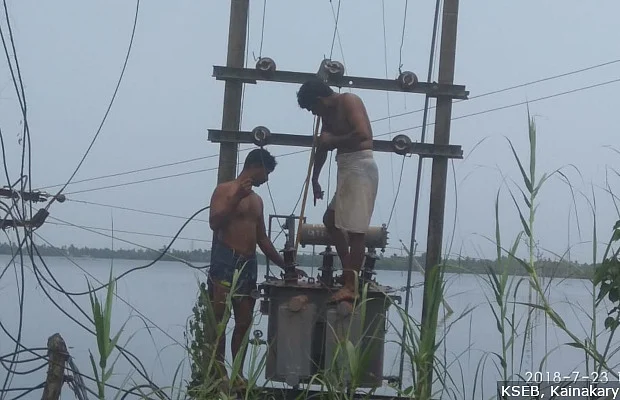
Challenge: In the two decades to 2017, India suffered a $79.5 billion loss, ranking among the top five countries in the world to be affected by climate-related disasters, The Wire reported on October 11, 2018. India is taking baby steps towards disaster preparedness, the lack of which is becoming obvious in the wake of climate change-related extreme weather events. Only 7% of the 4,862 dams in the country have emergency action plans, a 2017 report of the Comptroller and Auditor General of India said, the Hindustan Times reported on September 3, 2018. Often, the armed forces are summoned to undertake rescue operations, such as during the recent Kerala floods in August 2018, despite the constitution of the National Disaster Response Force in 2006.
The Kerala floods affected an estimated 5 million people’s lives and damaged infrastructure to the extent that the state needs nearly Rs 30,000 crore to rebuild.
Action: The Kerala state electricity board’s quick response under Mission Reconnect restored electricity to nearly 2.5 million homes in less than two weeks. Kerala is one of the 15 states in India that have 100% household electrification, the Hindustan Times reported on November 28, 2018. It managed the task by improving coordination through a state-level task force and an army of volunteers comprising retired staff, students and private electricity personnel.
(This article was first published on IndiaSpend.)
(At The Quint, we are answerable only to our audience. Play an active role in shaping our journalism by becoming a member. Because the truth is worth it.)
